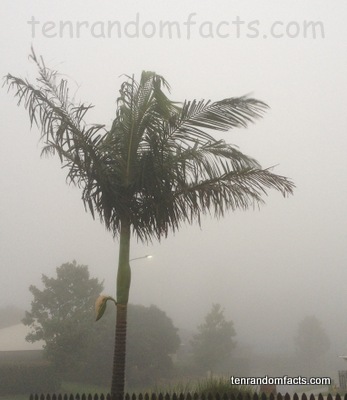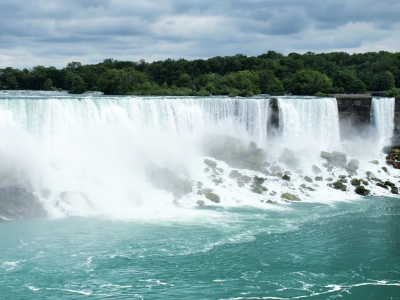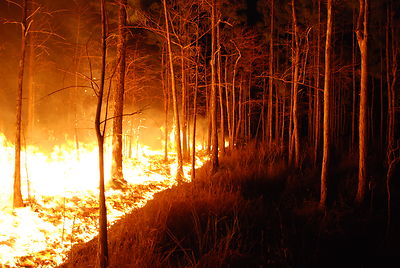Do you undersand the wonders of sand?
- Sand is a group of rocks and minerals that have eroded into fine, minuscule grains; and large quantities of the substance is often found on coastlines and in desert areas.
- Sand can be composed of a variety of items, including particles of calcium carbonate, coral, quartz and shellfish.
- A sand grain can be defined as a particle that is between 0.06 and 2 millimetres (0.002 and 0.08 of an inch) in diameter, and is smaller than a piece of gravel but larger than a speck of silt.
- The colour of sand varies greatly, depending on its location and the rocks and minerals that make up the particles, although it is commonly observed to be white, brown, tan, cream, red, grey or black.
- The unique shape of a piece of sand can help determine its source and age, while more pronounced angles often indicate a more recently formed grain.
- Some individuals collect samples of sand as a hobby, and these people are called ‘arenophiles’.
- Sand is one of the primary components of soil, and the ratio of sand to clay and silt, partly determines the quality of the soil.
- Dry sand can be dangerous if inhaled, so caution must be taken while using machines such as sandblasters.
- Due to the weight of sand, bags of the substance can be used to keep objects stationary by weighing them down, or it can be placed inside an item to make it heavier.
- Sand has many applications and is used for concrete and brick making; is the main ingredient in glass making; and is often used for entertainment purposes, especially by children to play in, or make sand castles or other structures, due to its ability to be shaped when damp.
Bibliography:
At the Beach, n.d, Inspiration Green, http://www.inspirationgreen.com/magnified-grains-of-sand.html
Sand, 2015, Wikipedia, http://en.wikipedia.org/wiki/Sand



















